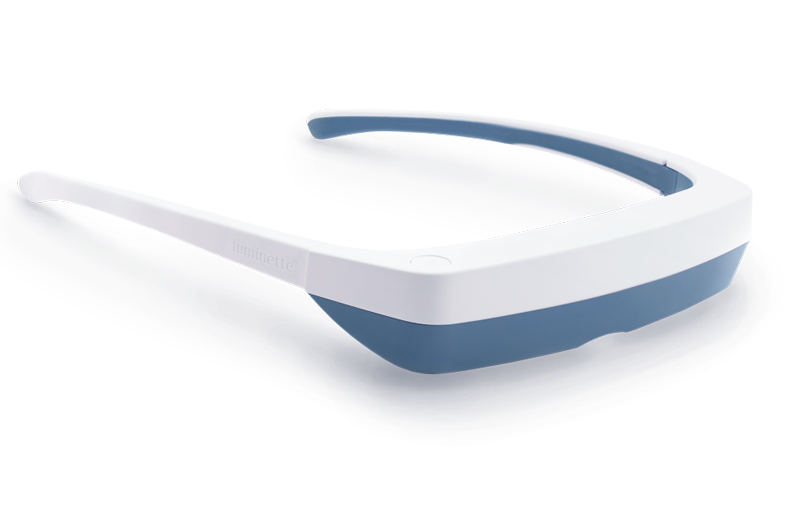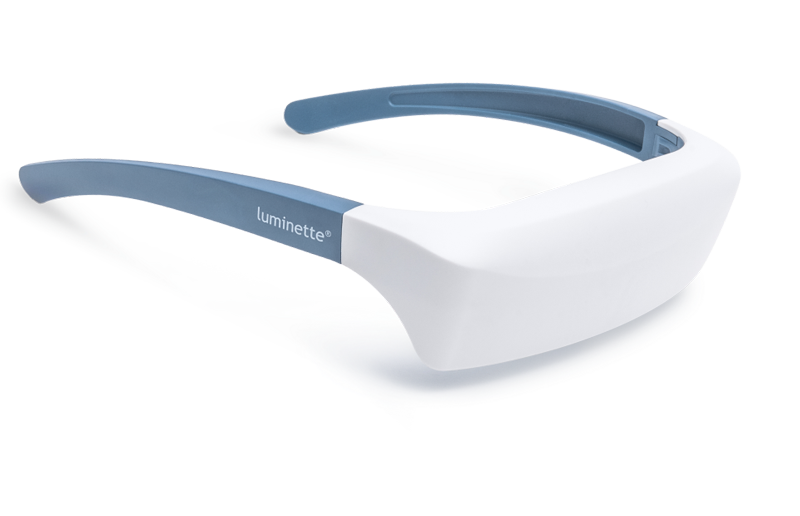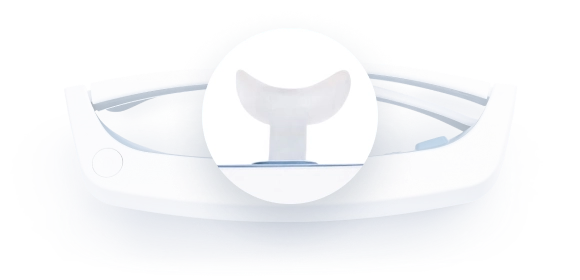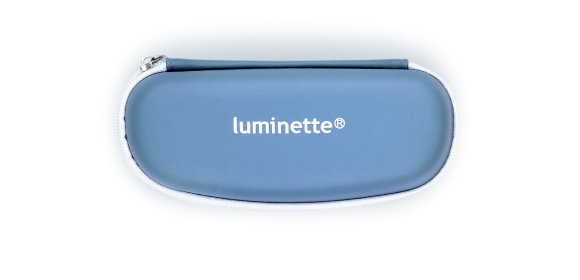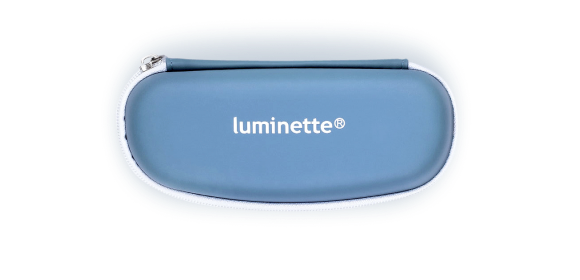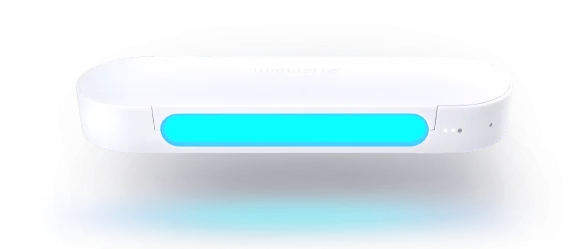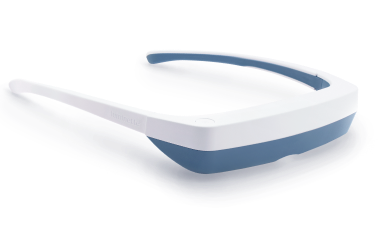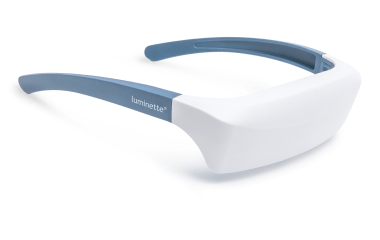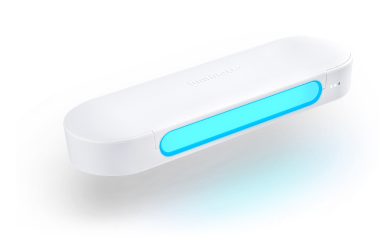REM sleep, or rapid eye movement sleep, is an essential stage of the sleep cycle. It is during this stage that our brains are most active, and we experience dreams. REM sleep is crucial for many functions, including the consolidation of memory and mood regulation. Unfortunately, many people suffer from a lack of REM sleep, leading to a wide range of negative effects on their health and well-being.
In this guide, we will explore how to get more REM sleep, the benefits of REM sleep, and how to address common sleep disorders that can disrupt REM sleep.
What is REM sleep?
REM sleep, short for Rapid Eye Movement sleep, is a significant stage in the sleep cycle. During REM sleep, our brains are highly active, and we experience vivid dreams. This stage is often referred to as paradoxical sleep because although our bodies are in a state of deep relaxation, our brains are as active as when we are awake. It is during REM sleep that important cognitive functions occur, such as memory consolidation and emotional regulation. Additionally, REM sleep is associated with physical restoration, including the repair and growth of tissues in the body.

Why is REM sleep important?
REM sleep is of utmost importance due to its role in various vital functions. It plays a critical role in memory consolidation, helping to integrate and store information gathered throughout the day. During REM sleep, the brain processes and organizes these memories, strengthening connections between neurons. Moreover, REM sleep is essential for emotional regulation, as it helps regulate and process intense emotions, contributing to overall psychological well-being. Additionally, REM sleep is believed to support creativity and problem-solving abilities, with research suggesting that dreaming during this stage can facilitate novel connections and insights. Adequate REM sleep is crucial for maintaining optimal cognitive functioning and emotional stability throughout the day.
What happens during REM sleep?
During REM sleep, several fascinating physiological and psychological events occur. Firstly, the brain becomes highly active, resembling the level of activity experienced while awake. This heightened brain activity is believed to be responsible for the vivid and sometimes bizarre dreams that are commonly associated with REM sleep. Additionally, the muscles in the body undergo a state of temporary paralysis, known as atonia, which serves to prevent us from acting out our dreams and potentially causing physical harm. Furthermore, REM sleep is essential for cognitive processes such as memory consolidation, as it aids in the integration of new information into long-term memory storage. Studies have also shown that REM sleep plays a crucial role in emotional regulation, helping to process and regulate intense emotions experienced throughout the day.
How long does REM sleep last?
The duration of REM sleep varies throughout the night, with each REM cycle becoming longer as the sleep progresses. Typically, the first rapid eye movement period of the night may last around 10 minutes, increasing to an average of 90 minutes in the final stage of sleep. The first REM stage tends to be shorter, while subsequent rapid eye movement stages lengthen, with the final REM stage often being the longest. Over the course of a night's sleep, an individual may spend roughly 20-25% of their total sleep time in REM sleep. Factors such as age and individual sleep patterns can influence the duration and distribution of REM sleep throughout the night. Monitoring rapid eye movement sleep duration can provide valuable insights into one's sleep quality and overall health.

Increasing REM sleep with light therapy devices
Light therapy devices emit bright, white artificial light that simulates sunlight and helps regulate the body's circadian rhythm. These devices emit high-intensity light, usually at least 10,000 lux of brightness or more, to ensure that the user is surrounded by enough light to simulate natural sunlight. The blue light in the device improves the user's energy levels and mood by stimulating their natural daylight metabolic rate. Light therapy devices have been helpful in reducing the effects of winter blues, treating insomnia, jet lag, and other forms of disorders. However, when it comes to REM sleep, light therapy is considered the most useful and safe treatment.

Tips to Increase REM Sleep Using Light Therapy Devices
There are many ways to utilize light therapy to increase REM sleep depending on the device you use and your daily routine. Here are some tips to increase REM sleep using light therapy devices.
Select an Effective Light Therapy Device
When looking for light therapy devices, it is essential to consider your needs, the ease of usage, and the effectiveness of the device. The Luminette 3 and Drive Light Therapy devices from myluminette.com are excellent options to consider. The Luminette 3 is a wearable light therapy device that can be used during daily activities, and the Drive device is perfect for use while driving or at your desk. The right device for you depends on your daily routine, so be sure to choose one that you can use consistently.

Use the Device at the Right Time
The timing of use is essential when it comes to light therapy. Using the device at the optimal time can increase the chances of improving your mood and energy levels. The optimal time to use light therapy devices is generally in the morning after waking up, so you get an early dosage of high-intensity light that emulates natural sunlight's effect. Using the device for 10 to 30 minutes daily at the optimal time increases your chances of increasing your REM sleep.
Establish a Consistent Sleep Schedule
Establishing a consistent sleep schedule means going to bed and waking up at the same time daily. This routine can help regulate your body's sleep-wake cycle and consequentially increase REM sleep. Adhering to a consistent sleep schedule can also help reduce insomnia, help you fall asleep faster, and wake up feeling refreshed and energized.
Limit Caffeine and Alcohol intake
Caffeine and alcohol reduce the length of your REM cycle and disrupt circadian rhythms. Therefore, it's essential to avoid caffeine and alcohol intake during the day or the hours leading to sleep. If possible, it's better to limit the intake of these substances altogether.
Relaxation Techniques
Relaxation techniques like yoga, meditation, warm baths, or reading a book can help calm both your mind and body, which can make it easier to fall asleep and ensure an increase in REM sleep. Combining relaxation techniques with the use of light therapy devices improves the chances of increasing your REM sleep and overall well-being.
Conclusion
Addressing sleep disorders through a combination of lifestyle modifications, behavioral interventions, and, when necessary, medical treatments is essential in improving sleep quality and enhancing REM sleep duration. If you suspect you have a sleep disorder or are experiencing persistent sleep disturbances, consult a healthcare professional for a comprehensive evaluation and personalized treatment plan tailored to your individual needs. Prioritizing good sleep hygiene and adopting healthy sleep practices can play a significant role in optimizing your REM sleep and overall sleep health.
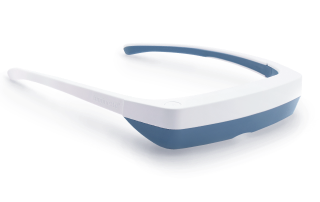
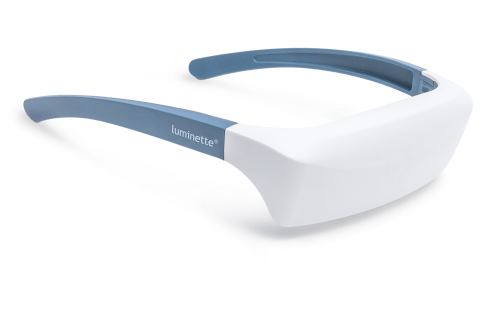
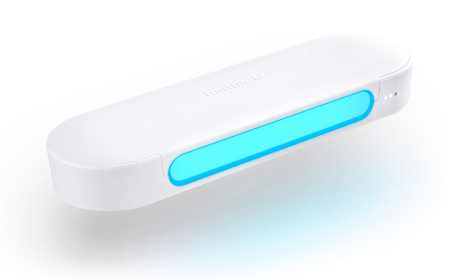
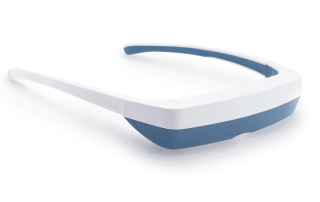
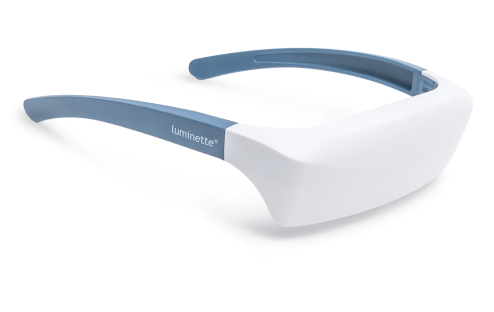
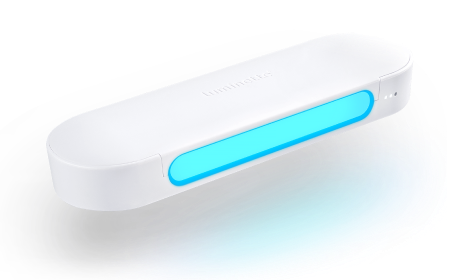
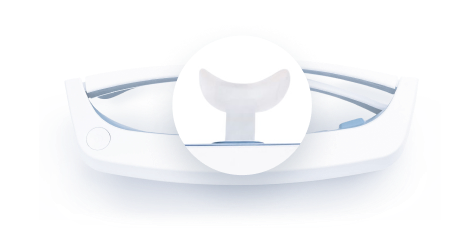
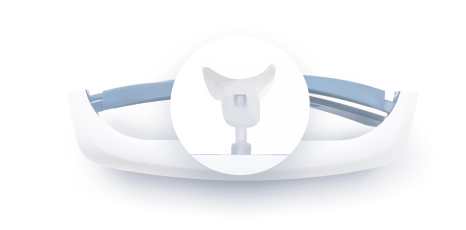
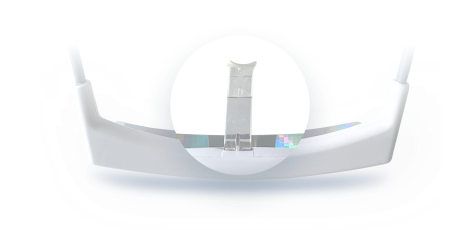
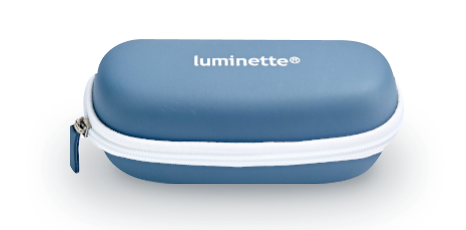
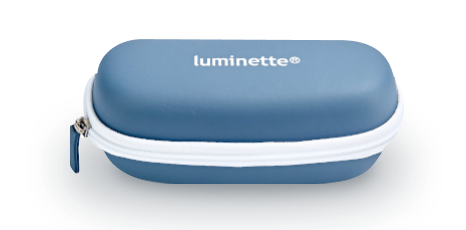





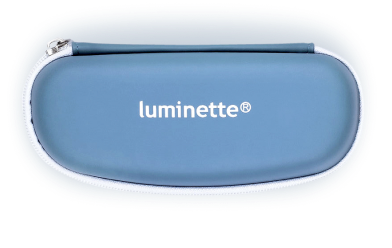
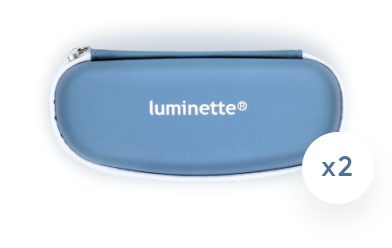
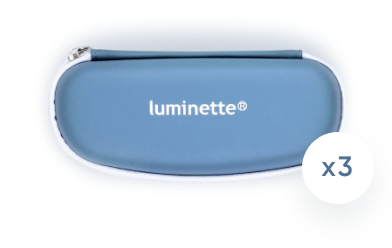
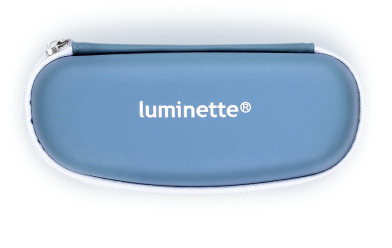
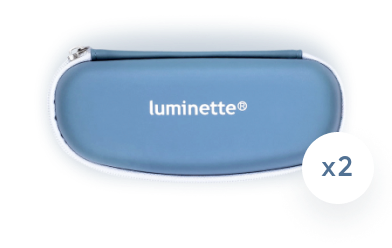
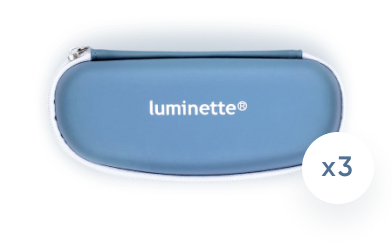
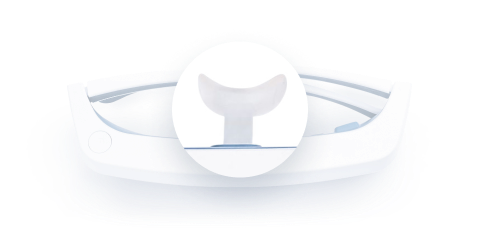
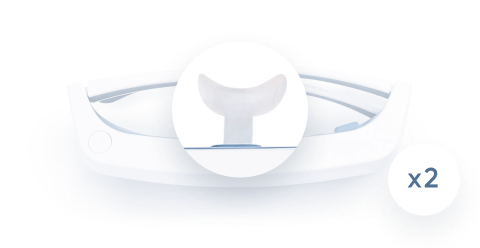
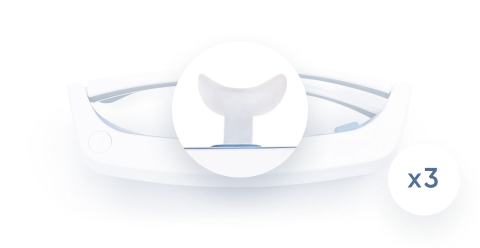
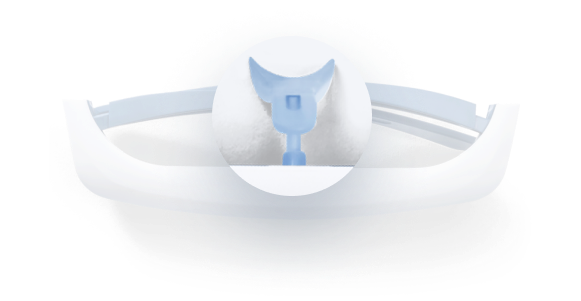
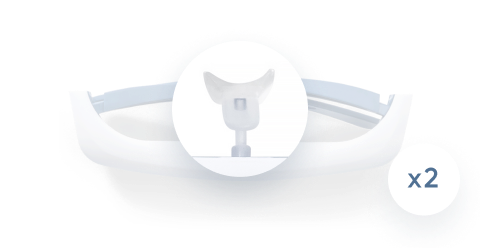
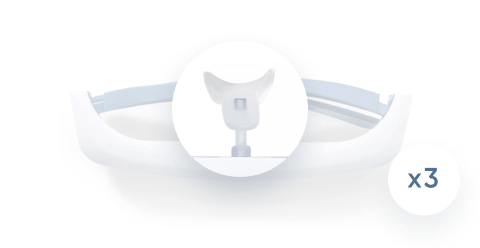
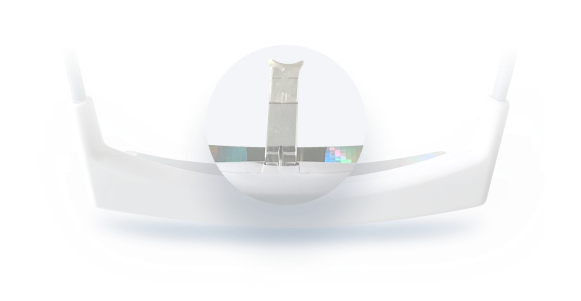
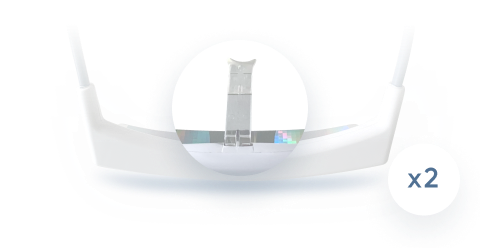
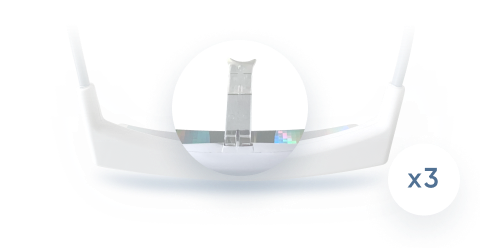
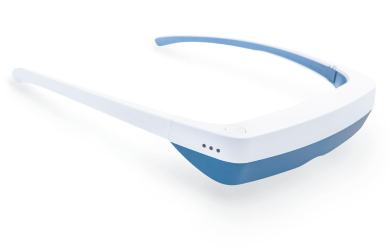

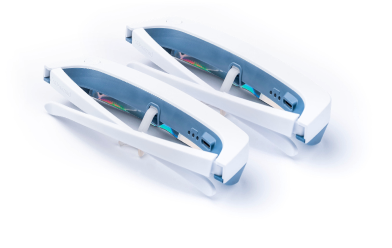
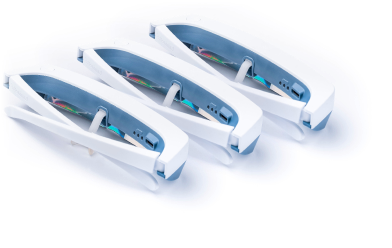

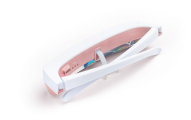

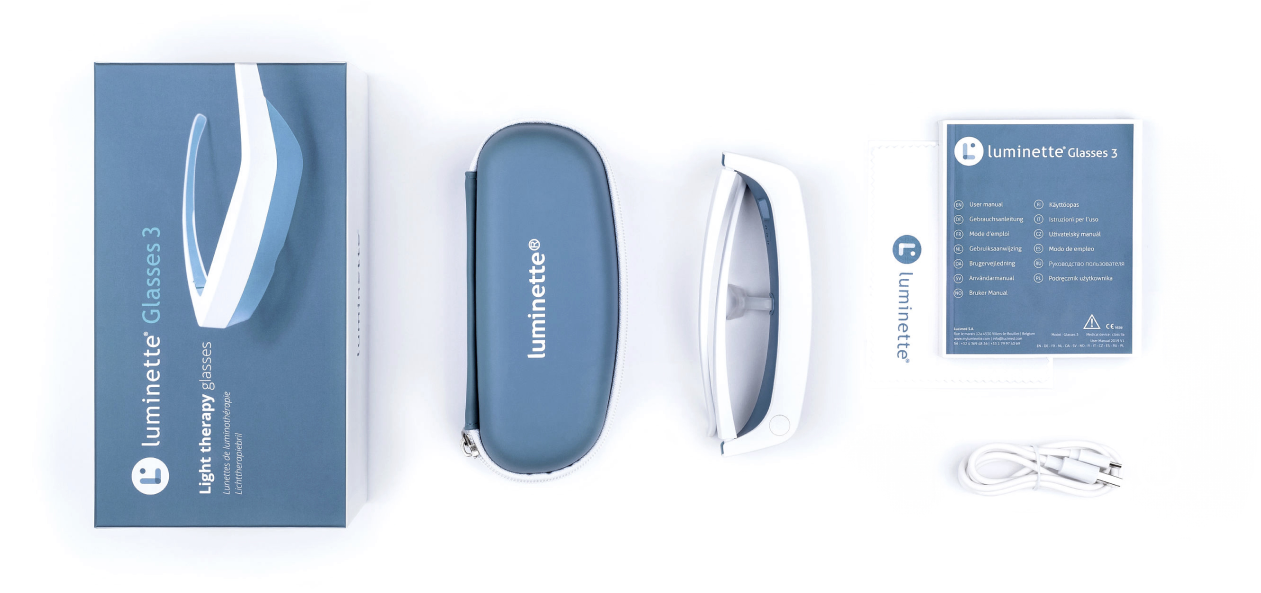
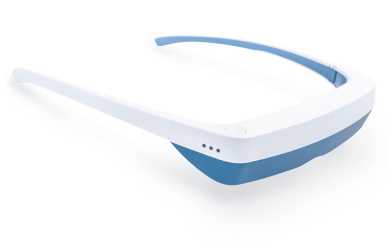
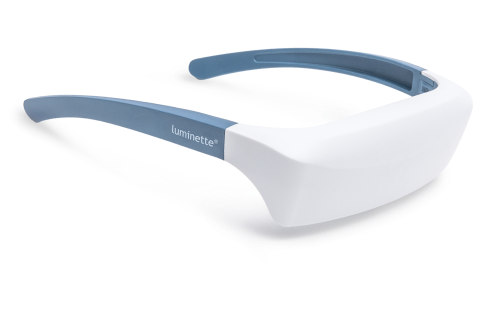
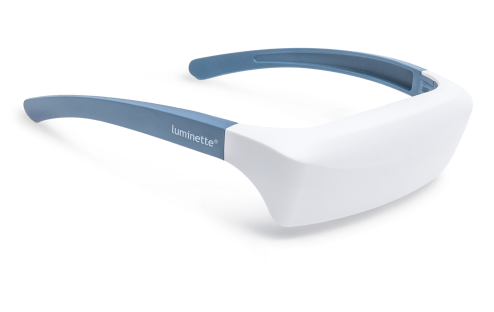
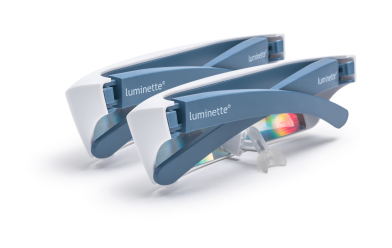

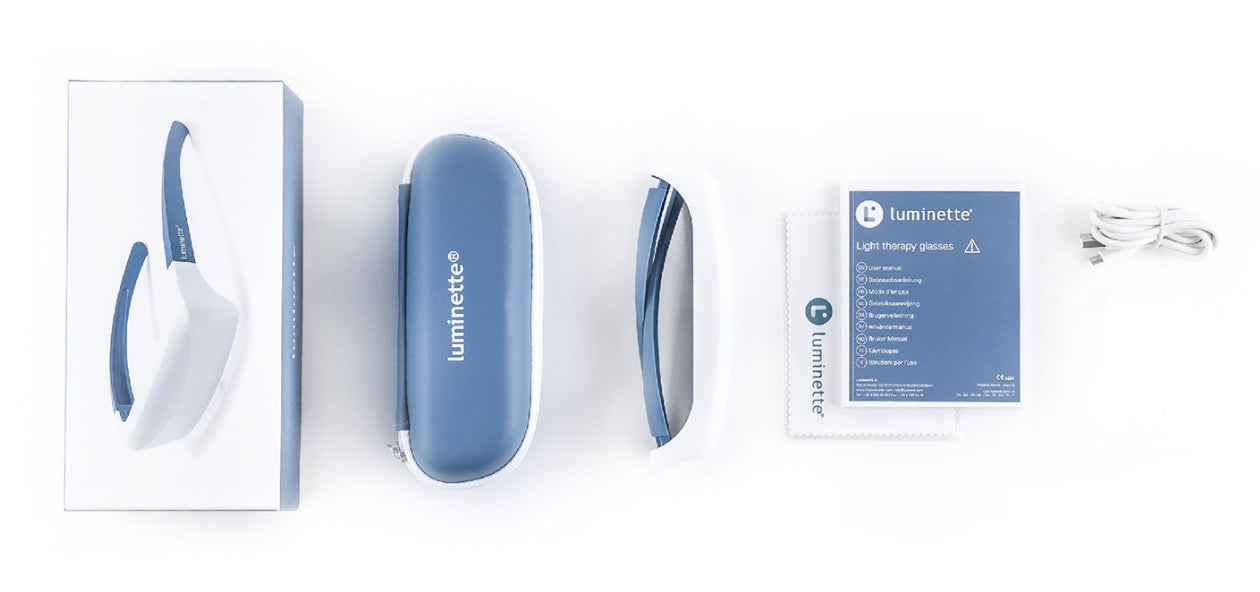
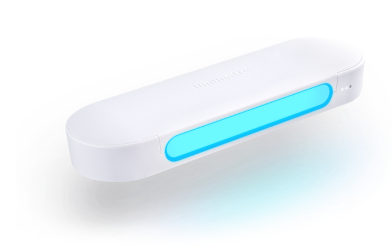
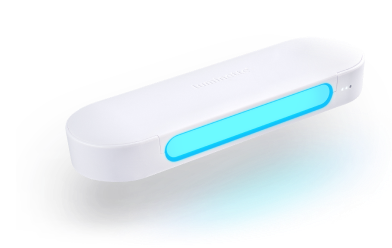
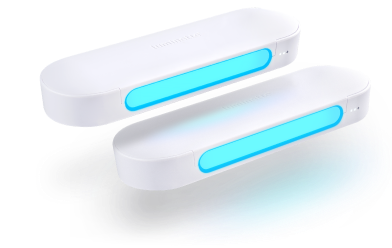
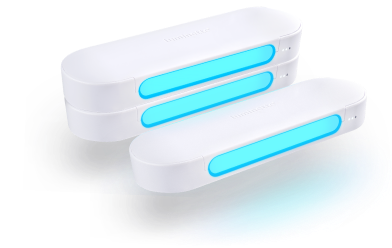
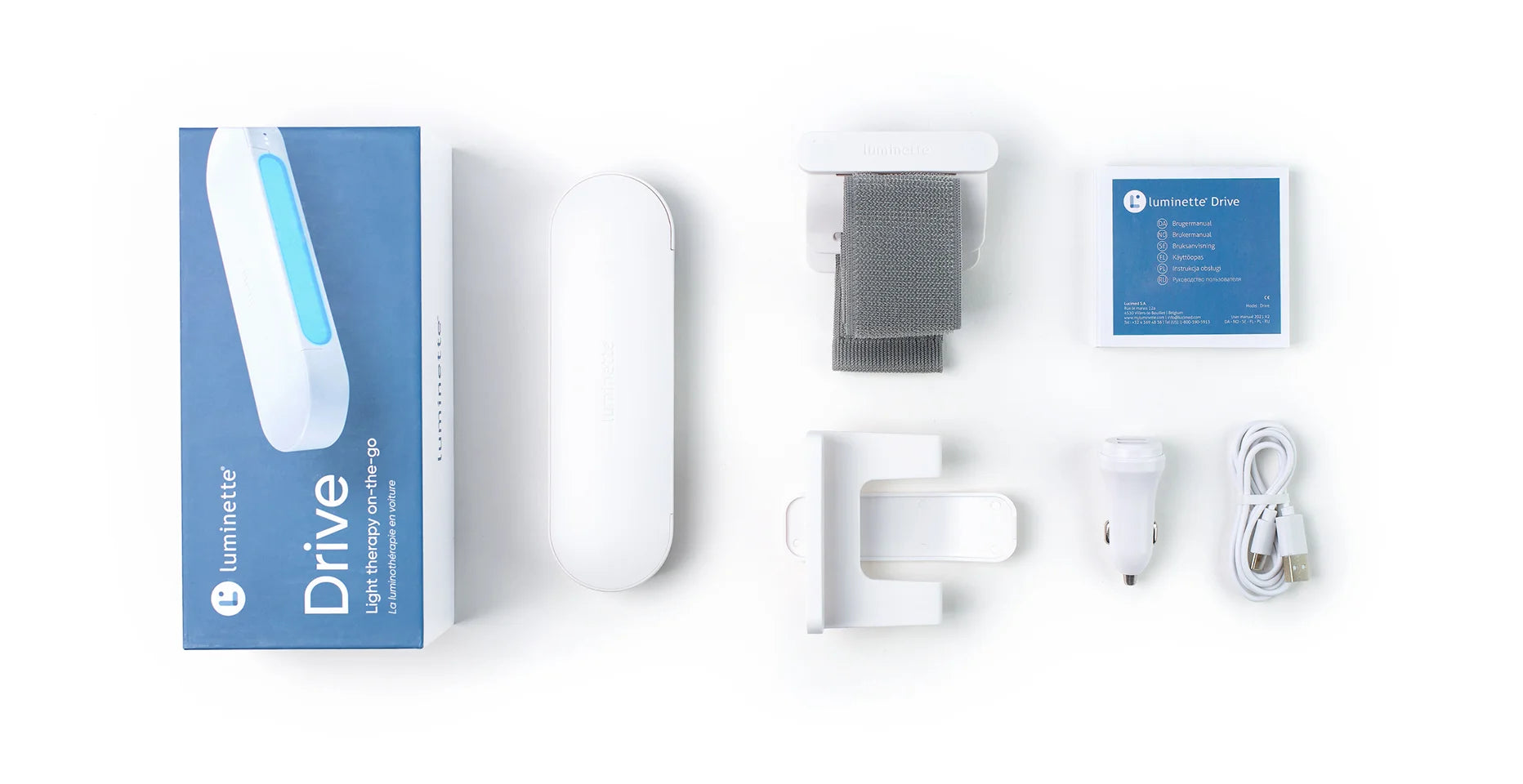

 Please note
Please note


